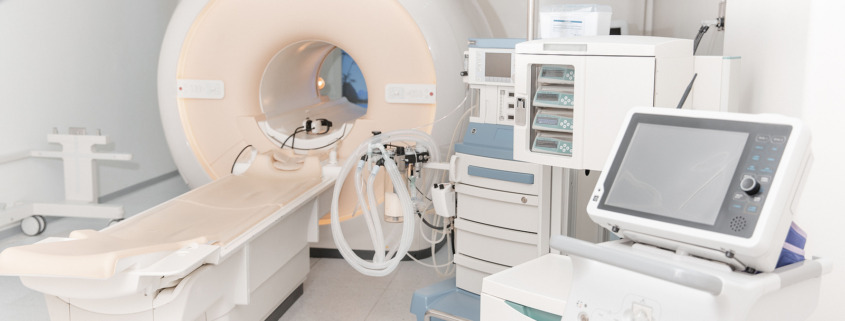What’s Next For Gamma Knife Radiosurgery & AI Technology?
One of the most effective and advanced treatment resources for brain tumours and vascular malformations is Gamma Knife radiosurgery, which first came to the fore during the 1960s and which has continued to evolve quickly ever since.
With the advent of artificial intelligence (AI) over the last year or so, new and exciting opportunities are starting to emerge… some of which have just been published in the spring edition of SCOPE magazine, with contributions from our own clinical team, including Ian Paddick (consultant physicist at Queen Square) and Hannah Bouas (radiosurgery physicist at Thornbury Radiosurgery Centre).
The focus here is on AI-driven auto-contouring for tumour segmentation, achieving greater levels of precision and more consistent patient outcomes in stereotactic radiosurgery.
Read on to find out more about the key conclusions drawn in the Scope piece.
AI-driven auto-contouring for advanced precision
AI-driven auto-contouring for tumour segmentation is a significant breakthrough in Gamma Knife technology, moving away from manual processes that are time consuming and subject to risks posed by human interpretation, particularly in lesions and tumours that don’t have clearly defined boundaries.
Using AI frameworks allow clinicians to segment tumour boundaries with the equivalent accuracy to human annotators, the advantages of which include:
– Reduced human error: Consistency is achieved through AI automation, lowering the risk of inaccurate results while reducing variability and oversights significantly.
– Enhanced patient outcomes: AI tools ensure greater accuracy of tumour segmentation, resulting in more precise radiation delivery to tumour cells and reducing damage risks to healthy brain tissue, as well as reducing the risks of complications and side-effects.
– Efficiency gains: Automation allows for more efficient contour detection in much shorter timescales, thus allowing for faster overall treatment times and reduced waiting lists.
Potential limitations of AI
Although the Scope article does note that AI is an incredibly valuable tool, models for auto-contouring still have some limitations, such as incomplete training data that may not generalise across diverse populations, or imaging noise that results in false positives.
While AI will undoubtedly become more important as a resource in the future, for now clinical oversight and judgement of contouring processes will still be necessary, particularly for more complex cases such as brain metastases.


